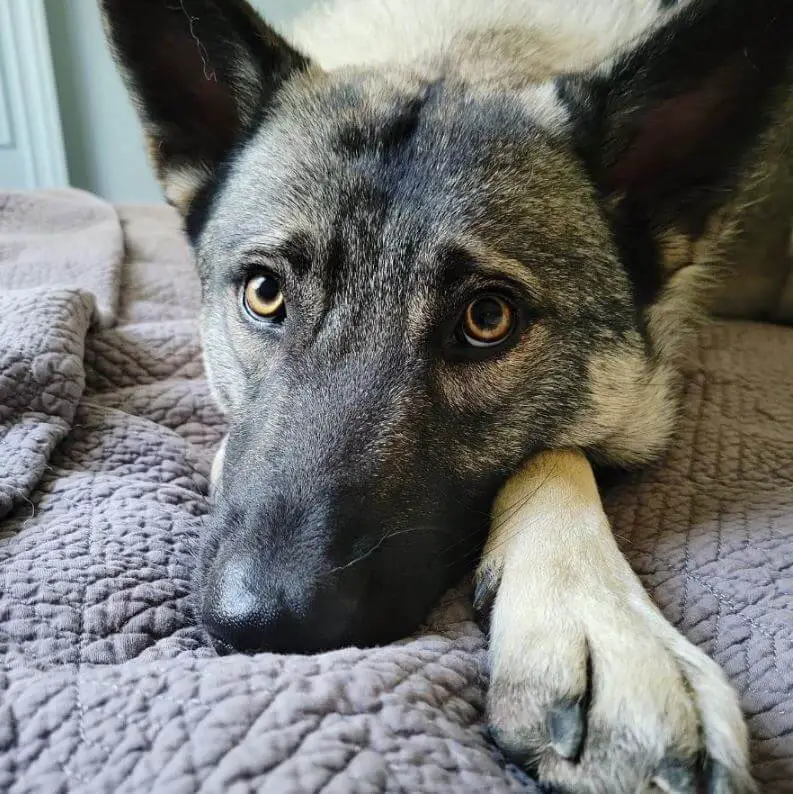Whiskers, also known as vibrissae, are a notable feature of many animals, including dogs. These specialized hairs serve a purpose beyond mere aesthetics. In this article, we delve into the intriguing world of whiskers and explore why dogs have them. Understanding the purpose and function of whiskers can provide valuable insights into our furry companions’ sensory abilities and behaviors.

The Function of Whiskers in Dogs:
Whiskers serve multiple functions in dogs, aiding them in navigation, communication, and sensory perception. Here are some key reasons why dogs have whiskers:
1 – Sensory Perception:
Whiskers are highly sensitive to even the slightest changes in the environment. They act as a sensory mechanism, providing dogs with important information about their surroundings. Whiskers can detect air currents, vibrations, and objects’ proximity, helping dogs navigate and avoid potential hazards.
2 – Spatial Awareness:
Whiskers play a vital role in a dog’s spatial awareness. They extend wider than the dog’s face, providing a measurement tool for determining if they can fit through narrow openings or passageways. This allows dogs to assess and adapt to their environment, reducing the risk of getting stuck or injured.
3 – Communication:
Whiskers also serve as a form of communication among dogs. During social interactions or play, dogs may use their whiskers to express their emotions or intentions. Subtle movements of the whiskers can convey important signals to other dogs, facilitating better communication and understanding.
4 – Hunting and Prey Detection:
Whiskers are particularly beneficial for hunting and tracking. They help dogs detect and locate prey, even in low-light or obscured conditions. By sensing the movements and vibrations of small animals, whiskers assist dogs in honing their hunting skills and increasing their chances of a successful capture.

Caring for Your Dog’s Whiskers:
Given the important role that whiskers play in a dog’s sensory perception, it’s essential to provide proper care and avoid unnecessary trimming or removal. Here are some tips for whisker care:
1 – Avoid Trimming Whiskers:
Resist the temptation to trim or cut your dog’s whiskers. Trimming them can cause discomfort and disrupt their sensory abilities, potentially disorienting the dog.
2 – Provide Ample Space:
Ensure that your dog has enough space to move around comfortably without their whiskers touching or getting squeezed. This allows them to maintain their spatial awareness and navigate safely.
3 – Gentle Handling:
When interacting with your dog, be mindful of their whiskers and avoid applying excessive pressure or tugging on them. Gentle handling will prevent any discomfort or damage to the sensitive whiskers.
4 – Regular Grooming:
While whiskers themselves do not require grooming, it’s important to maintain overall coat health. Regular brushing and grooming sessions help keep the fur around the whisker area clean and free from tangles, ensuring the whiskers can function optimally.

Whiskers are not just decorative features on a dog’s face; they play a crucial role in their sensory perception and communication. Understanding the purpose and function of whiskers helps us appreciate the remarkable abilities of our canine companions. By respecting and caring for their whiskers, we can support their natural instincts and sensory experiences, enriching their lives and strengthening the bond between humans and dogs.
